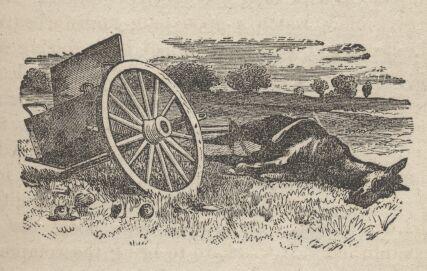Bishop and Henderson identify West Gate as a station between Middle Gate and Sand Springs. According to John Townley, from West Gate, the trail split into a northern and southern route. Pony riders used the southern route, which continued on a relatively straight course through Sand Springs, Carson Sink, Hooten Wells, Buckland's, and Fort Churchill, until sometime between March and July 1861. After these months, the Overland Mail Company added a route ran northwest of the old Pony trail and included such new stations as Fairview, Mountain Well, Stillwater, Old River, Ragtown, and Desert Wells. Stagecoaches could travel more easily along the northern route, and riders may or may not have switched to the new trail during the waning months of the Pony Express. The two routes joined again near Miller's or Reed's Station. Richard Burton only mentions West Gate as a geographical location rather than a station. (NPS)
Note: It is likely that at some point near here Burton's and Twain's route diverge. We know Twain passed through Ragtown, which would have required a northern route, and Burton proceeded westward to Carson Sink Station and Fort Churchill before reaching Carson City.
Hitching to as the sun neared the western horizon, we passed through the Gate narrowly escaping a spill down a dwarf precipice. A plain bounded on our left by cretaceous bluffs, white as snow, led to the West Gate, two symmetrical projections like those farther eastward.
